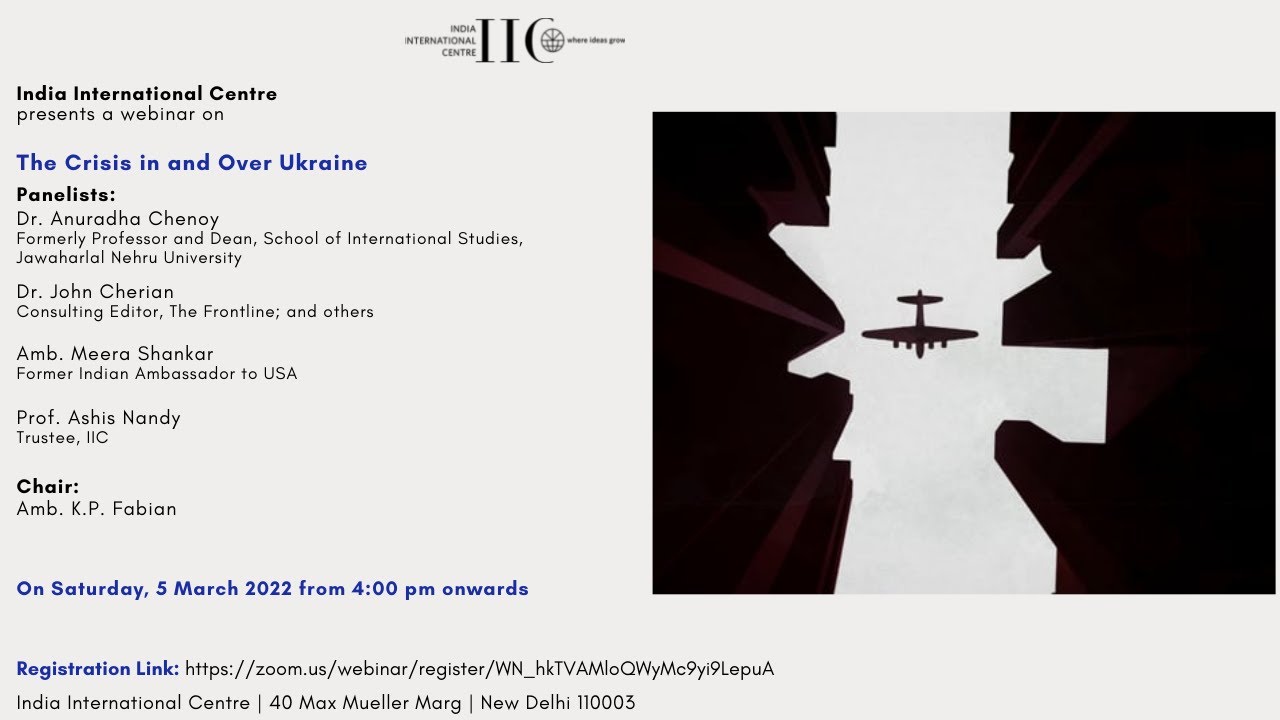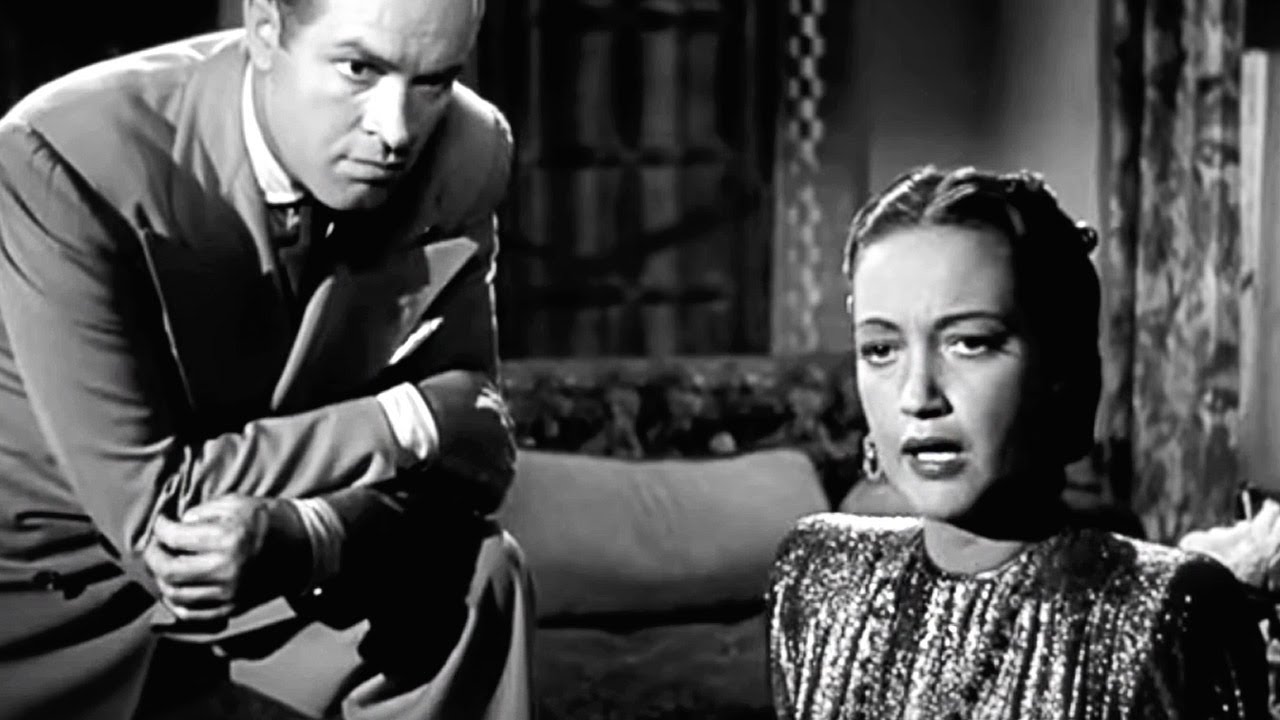IIC DOUBLE BILL DANCE RECITALS
PHYSICAL PROGRAMME
Bharatanatyam Recital
By Revathi Srinivasraghavan from Mumbai, disciple of Gurus Komalavalli Krishnamani, Kadirvelu Pillai and S.P. Srinivasan
Accompanists: Satish Venkatesh (vocal); Devika Rajaraman (nattuvangam); Satish Krishnamurthy (mridangam); and Shyamala Bhaskar (veena)
AT 19:00
Kathak Recital
By Ridhima Bagga from Delhi, disciple of Pt. Deepak Maharaj, Pt. Jai Kishan Maharaj and Smt. Malti Shyam
The artist will present Antim Paat
Kindly please make a note
Physical programmes will be held as per the Covid -19 guidelines.
Wearing of face masks is mandatory and will be strictly enforced. Entry will not be permitted to anyone not wearing a mask.
Audiences are requested to arrive at the venue, at least 30 minutes prior to the programmes in order to facilitate the screening process at the Door.
There will be separate doors earmarked for Entry and Exit.
We request audiences to kindly abide by the above regulations












